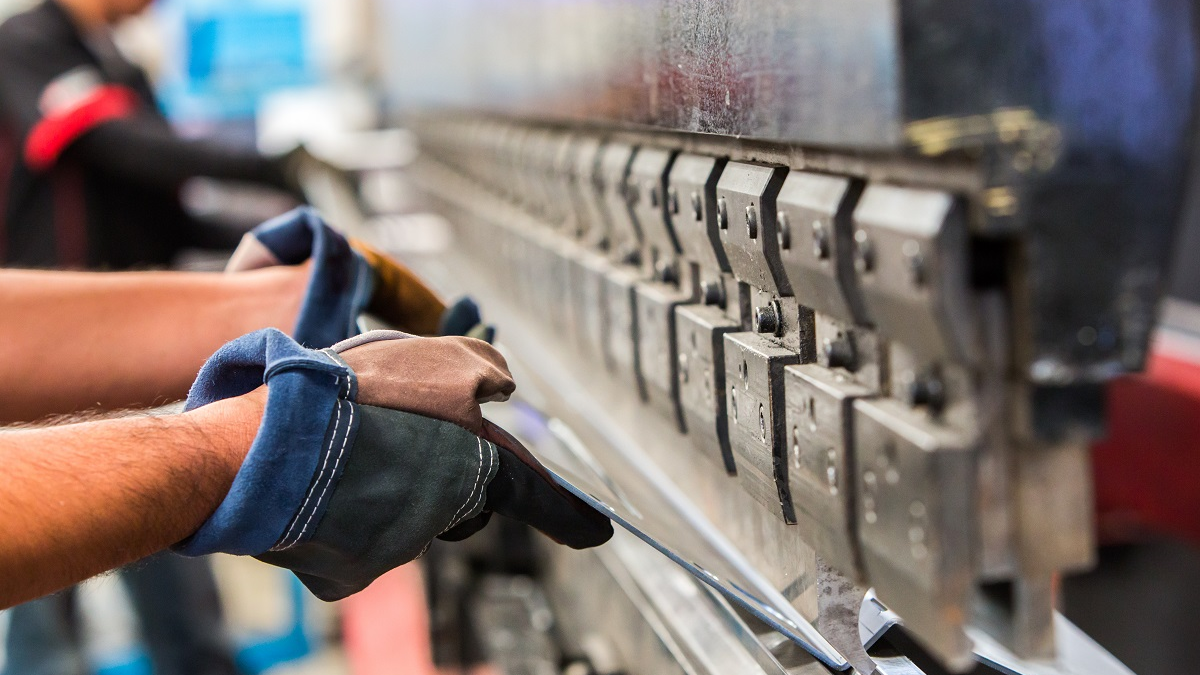
6 Types of Metal Stamping Processes You Should Know About
Have you ever thought about how objects like coins or pendants acquired shapes or colors? The process of converting metal into desired shape or size is called metal stamping. It is based on several factors like cost-effectiveness, the functionality of the design, etc.
A metal stamp manufacturer follows different processes like blanking, piercing, lancing, drawing, etc., to make various items like automotive parts, cans, and appliance elements.
To know more about different types of metal stamping processes, keep reading!
Blanking
When you start metal stamping, blanking is the first process to be completed. You can define it as the action of cutting a large metal sheet into smaller parts. These pieces are more manageable and can be drawn or stamped on later. Here, the punched metal portion is not discarded but is treated as the final product.
Piercing
Piercing is one of the most common stamping processes to punch holes in the sheet. The metal piece is placed on the workbench and pierced using a machining tool. The process is instantaneous to avoid the formation of blunt areas. Unlike blanking, the punched metal portion in this process is discarded.
Drawing
Drawing is the process of actual metal stamping, where you can see a design in the end. Here, you place the metal piece in place using a machine. The bottom part has a colored die in a specific pattern that needs to be copied on the metal. When you punch it with significant impact, the metal sheet is deformed and matches the final design. This process is of two types, shallow and deep drawing.
Coining
As the nomenclature suggests, coining is a metal stamping procedure where the finished product takes the shape of a coin. Here, you use a closed die forging technique where the metal piece is punched with dies on each end. Once a product goes through the coining process, its tolerance increases substantially and is not affected by physical abrasions.
Embossing
If you want to get some part of the metal sheet raised to form a pattern, you need to go ahead with the embossing technique. Here, you can use a die set or a machine to achieve the final results. Due to its high machinability and lightweight features, aluminum is one of the most accessible metals to emboss.
Lancing
You don’t have to worry about discarded pieces in this metal stamping process. Here, you punch the metal sheet in such a way that it results in the formation of a slit. A metal stamping manufacturer primarily uses this method to create specialty designs or different types of openings, tabs, or vents.
Wrapping Up
Metal stamping is the process of punching a flat metal sheet with significant impact in order to give it a specific shape or design. This technique was first utilized in the 1880s during the mass production of bicycles.
A metal stamp manufacturer today uses highly advanced machines and tools to make different items like coins, car hoods, jewelry pieces, hooks, etc.
In most of these methods, the metal portion is held in place using a machine and punched to deform it from a particular area. You can also use colored dye as per requirements.
Each of these processes is classified into how they perform. Therefore, the importance of metal stamping cannot be identified for all industries. It can range from a small consumer product to a sizable automotive industry.
